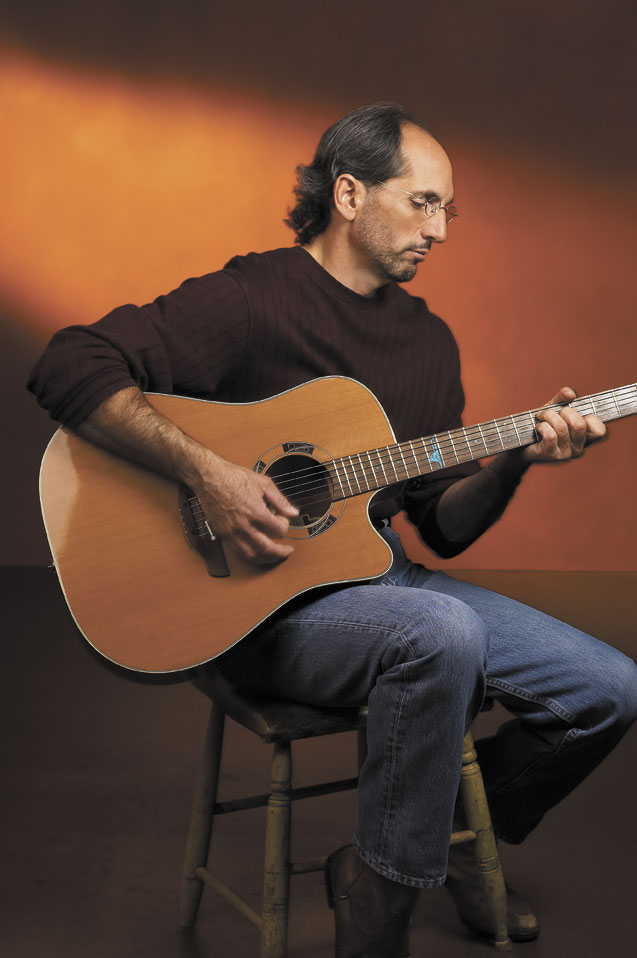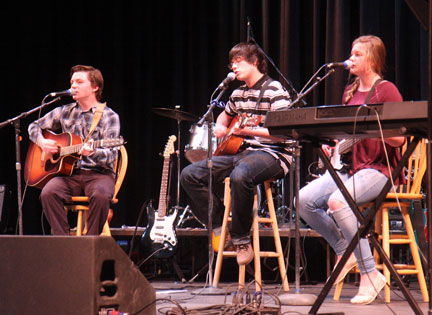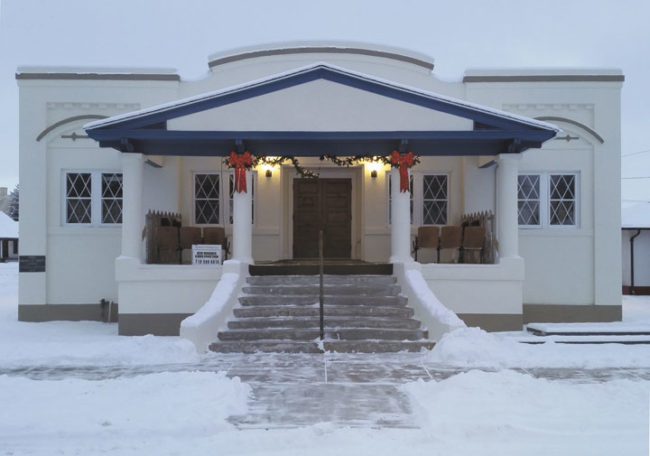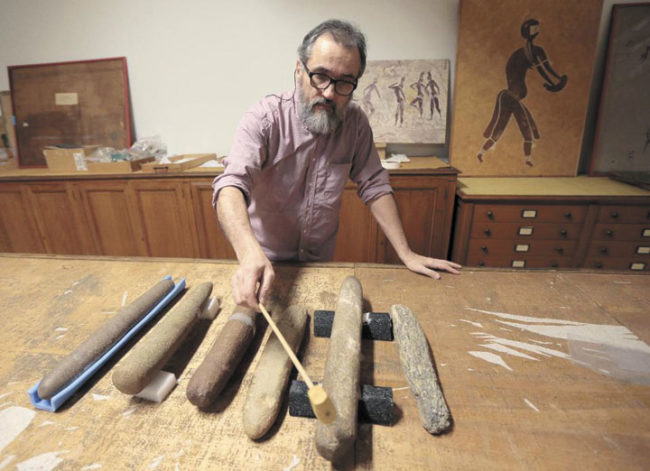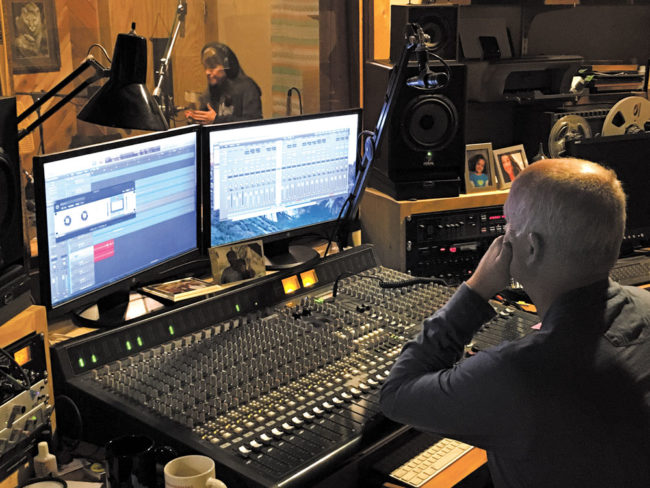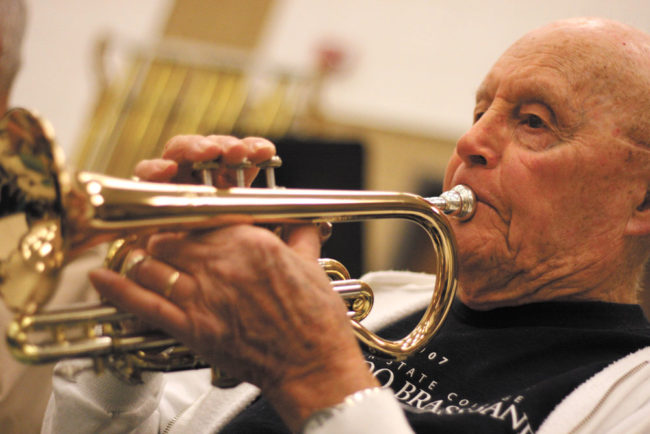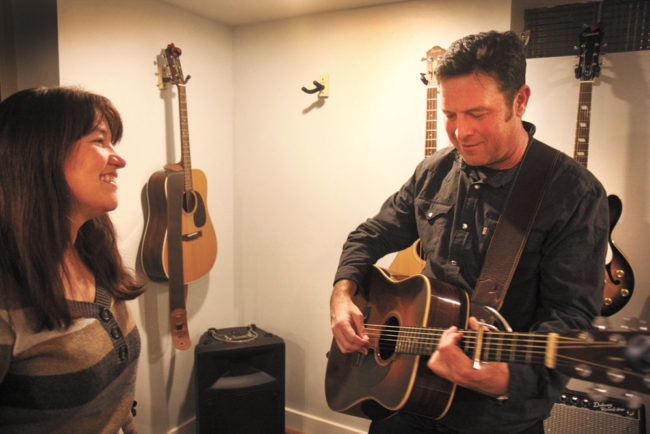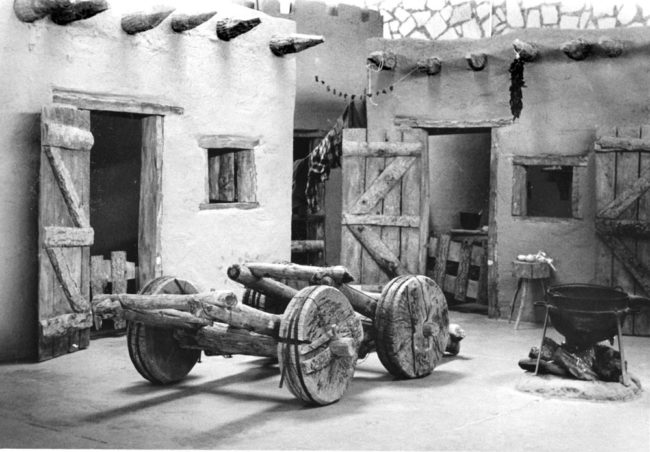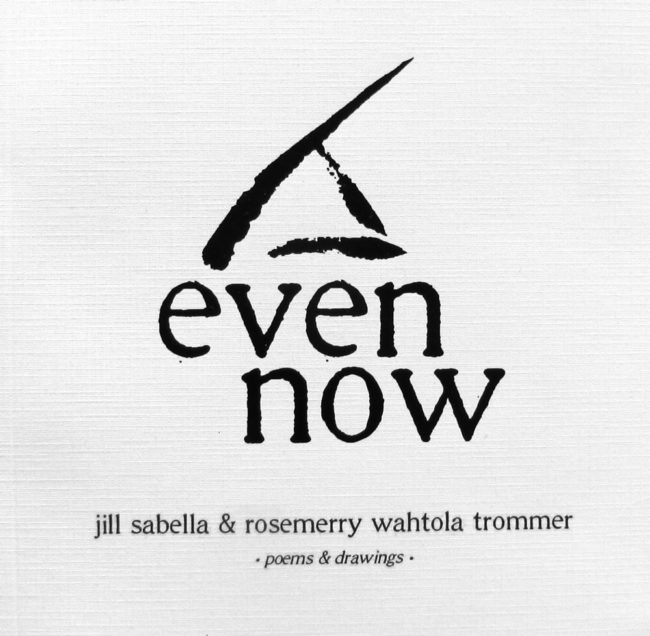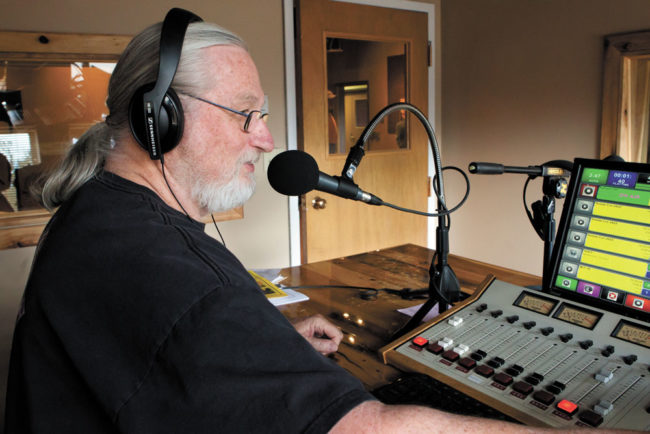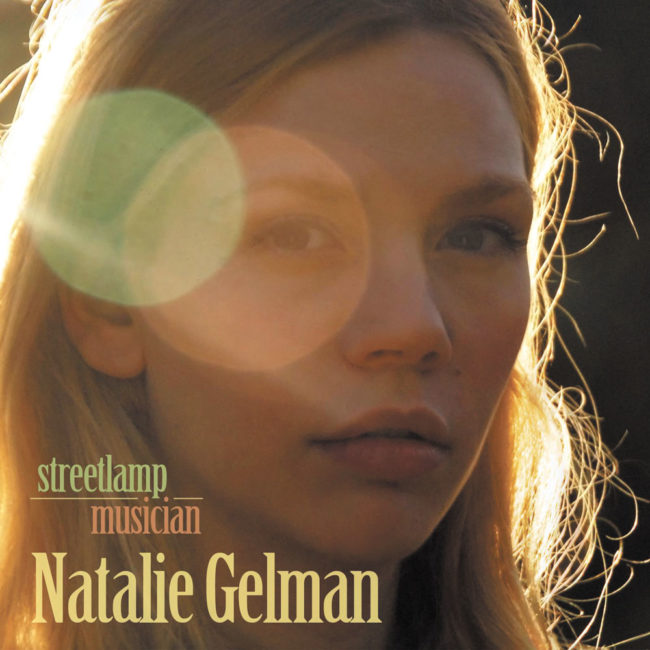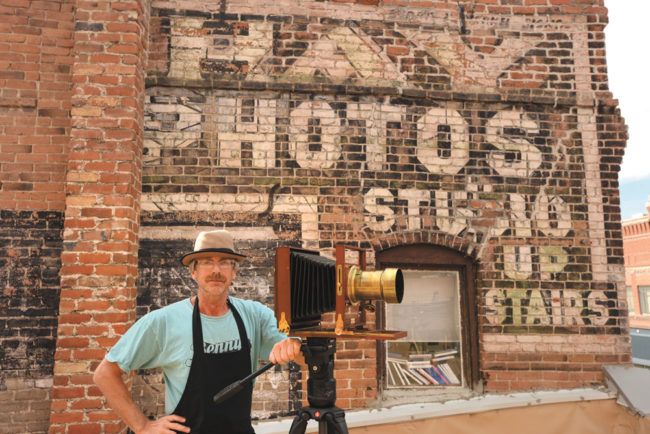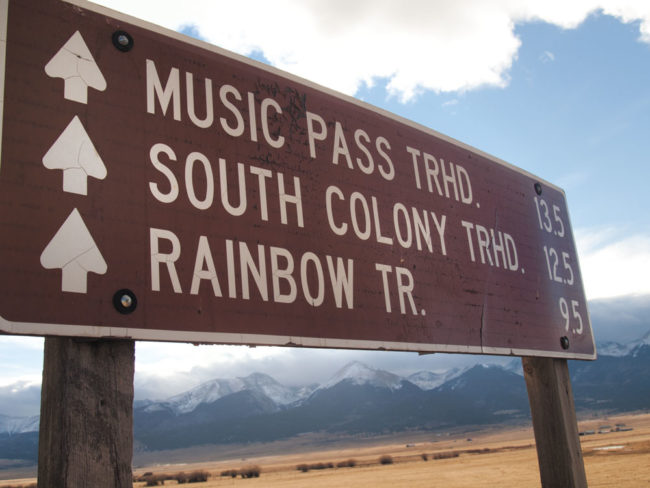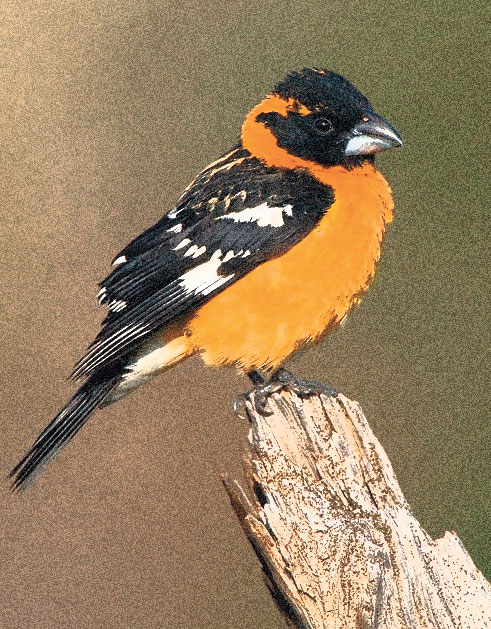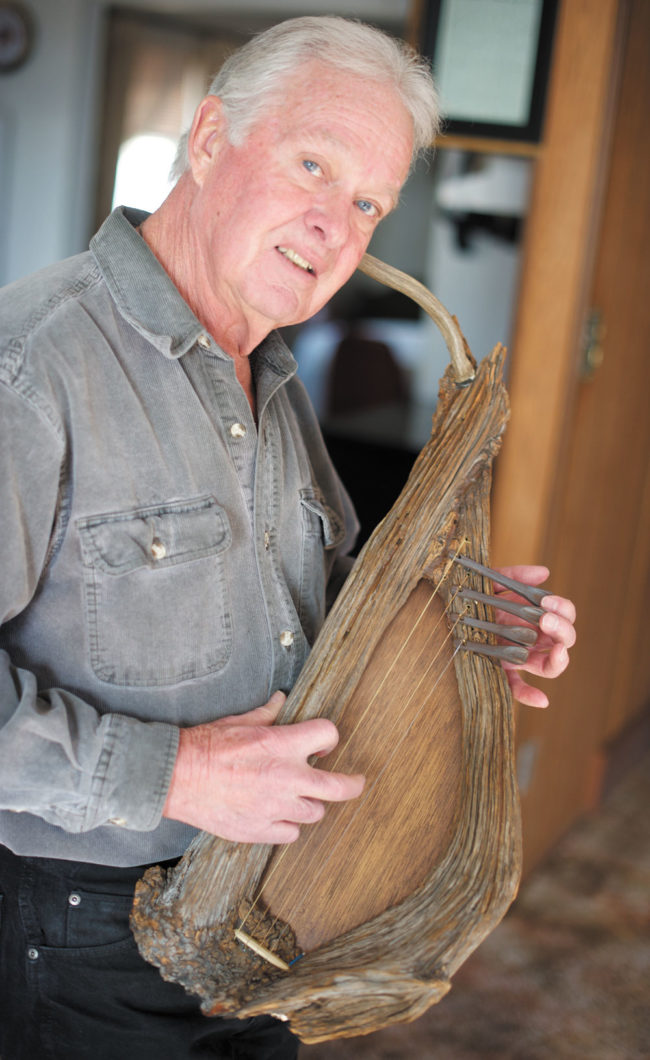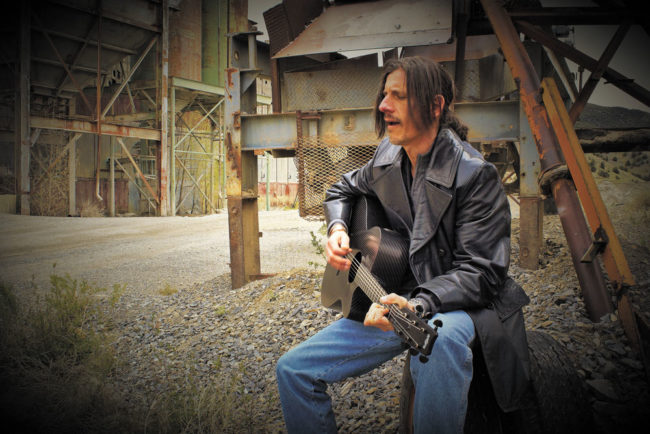By Hal Walter
The guitar has three major cracks in its soundboard and bears the scar of some unknown impact to the rosette that encircles the sound hole. The saddle to which the bridge is attached appears to have been retrofitted from a piece of thin wood paneling, perhaps an attempt to hold the entire thing together, and an analogy for what Longfellow called “the universal language of mankind.”
It was handed to me by Don Pinnella when my son Harrison and I showed up for our first guitar lesson at Custer County School. Don had told me how this instrument had been a “camping guitar,” and had traveled around Colorado in the backs of vehicles and strapped to roof racks. A friend donated it to his music program at the school, and he refurbished it. Don also provided a smaller guitar for Harrison, whose neurodiversities include autism and perfect pitch, and who has taken piano lessons for several years.

